A research-based ratio linking inflammation (neutrophils) with heart-protective HDL to add context to overall risk.
Securely stored in EU
Cancel anytime
Test 100+ biomarkers
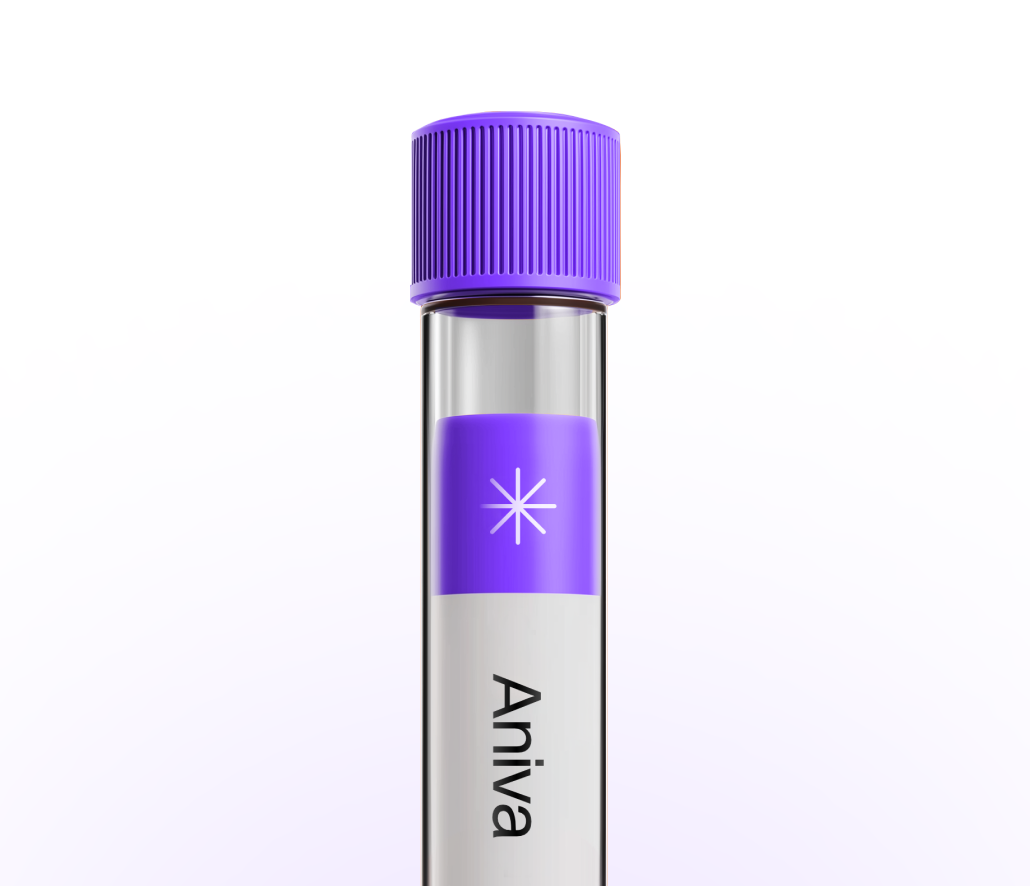
Less than 5 minutes waiting time. One
simple test at one of our 20+ locations.
Get your lab reports within one week.
Accessible on our app and per PDF.
All your health records stored
in a single, convenient place.

Clinicians may review NHR alongside your lipid panel and complete blood count to add context on inflammation and heart health. It can help frame lifestyle focus and whether to look deeper at cardiometabolic or inflammatory patterns. This marker supports conversations; it is not guideline-endorsed and is best used for trends rather than one-off decisions. You can test this marker with Aniva across Germany and Finland.
Clinicians may review NHR alongside your lipid panel and complete blood count to add context on inflammation and heart health. It can help frame lifestyle focus and whether to look deeper at cardiometabolic or inflammatory patterns. This marker supports conversations; it is not guideline-endorsed and is best used for trends rather than one-off decisions. You can test this marker with Aniva across Germany and Finland.
High: May suggest higher inflammatory burden and/or lower HDL protection. In research, higher values can align with less favorable cardiometabolic profiles; consider repeating when well and reviewing lifestyle, medications, and related labs.
Low: May reflect lower inflammation and/or higher HDL levels. Use alongside other markers to confirm a favorable pattern. This marker is not guideline-endorsed; no standardized cutoffs. Prioritize trends and clinical context over single values.
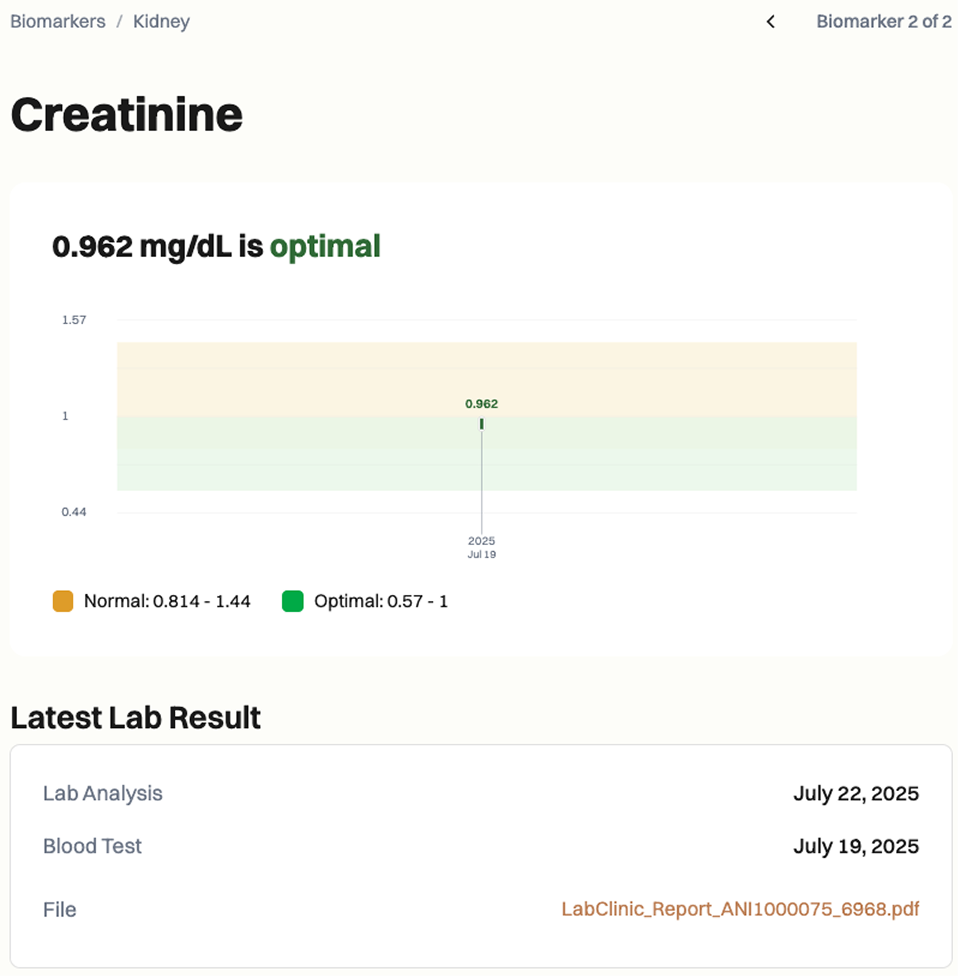
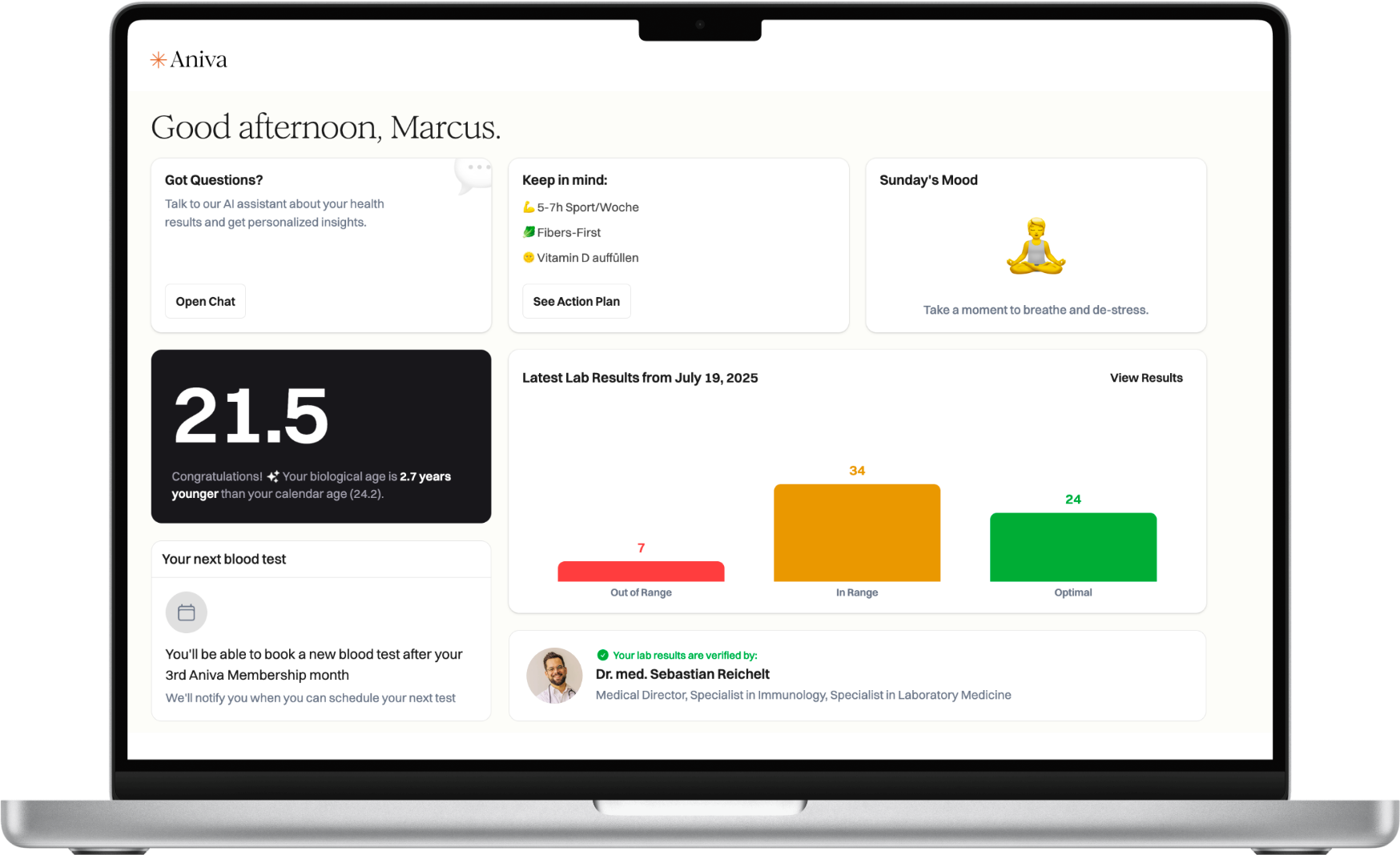
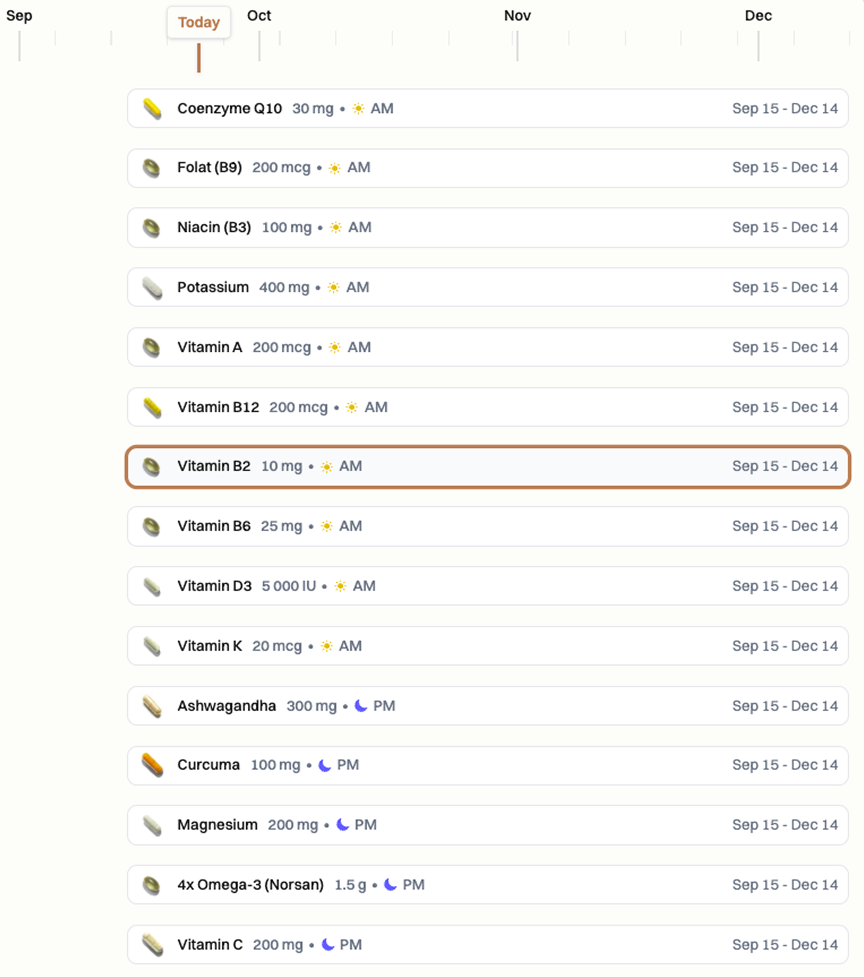
Common factors that can skew results include acute infections or fever, recent surgery, corticosteroids or stress hormones, smoking or vaping, heavy alcohol intake, strenuous exercise, dehydration, and pregnancy. Meals have little effect on HDL, but very high-fat meals and alcohol can nudge values. Some medicines (statins, niacin, fibrates) also influence lipids.
Special situations (when to confirm or adjust): after an illness, flare, vaccination, or surgery, repeat when recovered to avoid transient changes.
What does a high or low NHR mean? A higher ratio may point to more inflammation or lower HDL protection. A lower ratio may align with a more favorable pattern, but context matters.
Do I need to fast for this test? Fasting is not required. Non‑fasting HDL and a routine blood count are generally acceptable.
How often should I check it? Many people repeat it with routine blood work or after lifestyle changes. Discuss timing with your clinician if you’ve been ill recently.
What can affect my result? Recent infections, steroids, smoking, heavy alcohol, hard workouts, dehydration, and pregnancy can shift values. Share all medicines and supplements.
How long until results are ready? Most labs return results in about 1–3 working days.
What should I discuss with my clinician? Review trends alongside your CBC, lipid panel, blood pressure, and history. Ask whether any changes are needed or if a recheck is best.

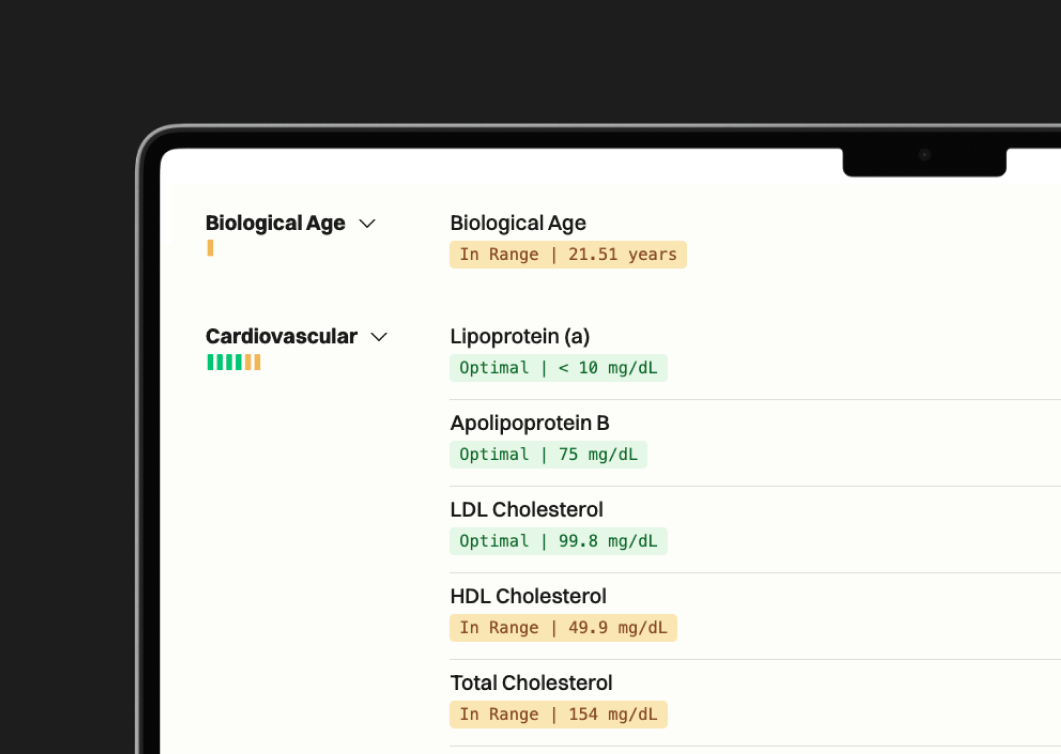

One annual blood test (100+ biomarkers)
Clinician-reviewed insights
Personalized action plan
Access to our AI Concierge
Access to curated products


63%
44%
70%